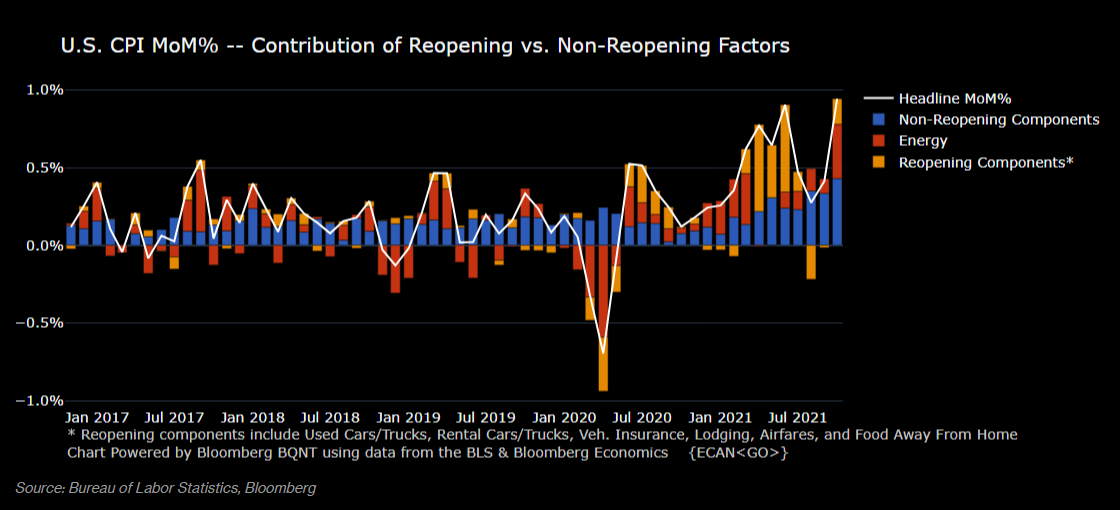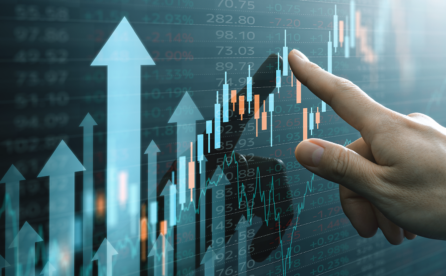Wasn’t inflation supposed to be transitory from a bump in pent up demand over the summer that would slow back down? Nearly everywhere consumers look, it’s hard not to see some sort of economic fallout from the pandemic – constricted supply chains, delays in production, back logs for orders, lack of available workers to fill needed jobs. This has all contributed to increased inflation fears – and actual inflation.
Inflation is a fickle beast – we need it, but not too much. Many of this is due to the economic reopening, right? Lockdowns in March 2020 caused a ripple effect among supply chains. One example is the microchip shortage affecting the production of new vehicles. If the demand for new cars is the same, but supply is backed up because of a lack of chips, buyers must turn to the used car market. When you have hundreds of thousands of people in the same lane, but the same amount of available used cars, prices increase to match that demand. You just earned a free Macroeconomics 101 lesson. However, the high inflation isn’t just coming from “reopening” components of our cost of living. The chart below shows that non-reopening factors have been a steadily positive, and growing part of the high inflation we’ve experienced since the spring.



